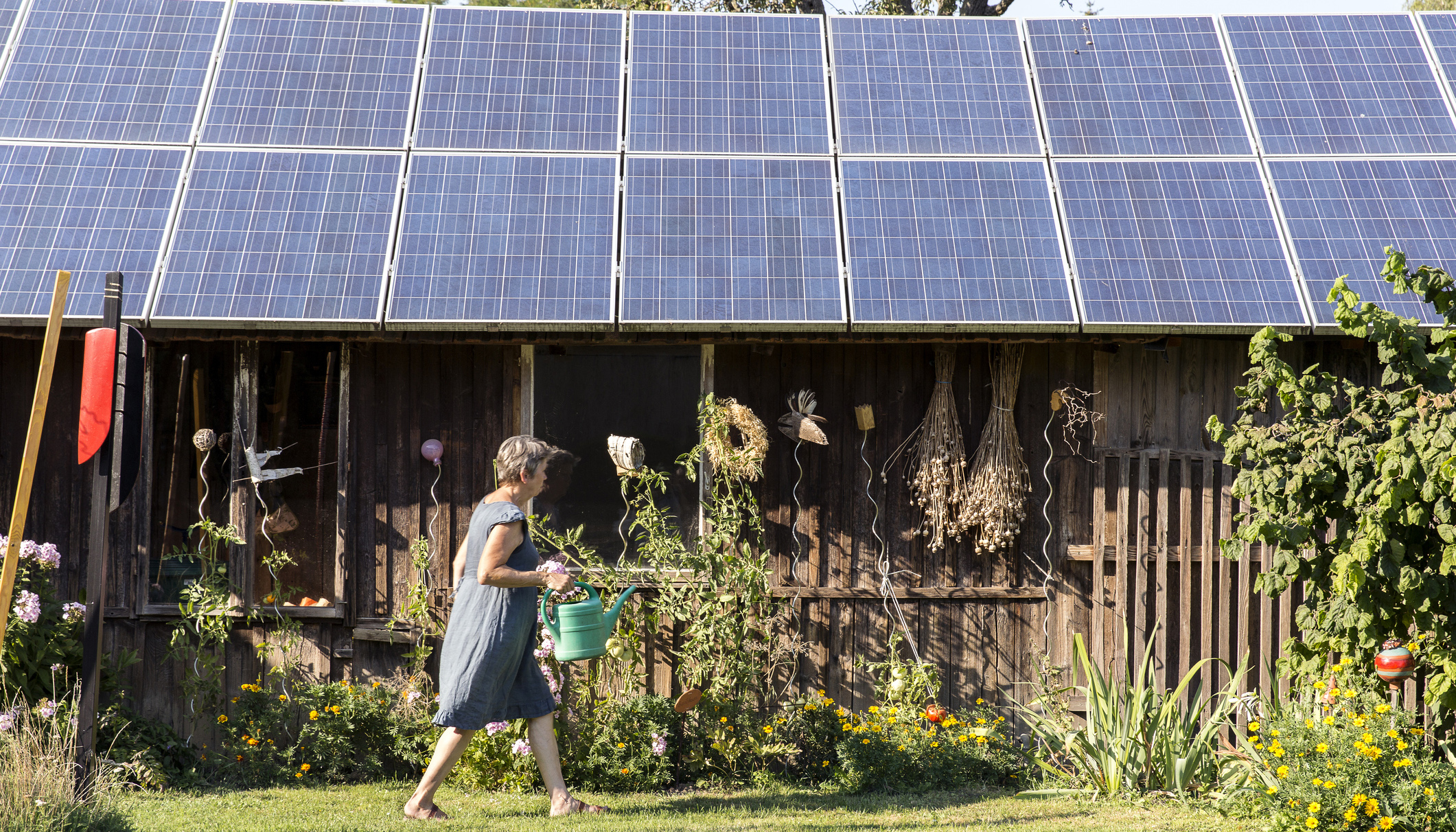The continued uptake of solar power in urban areas increasingly indicates there is good business in clean energy. While California in the US has long been a leader in the use of solar panels, Australia is coming to the forefront, and some local organisations are thinking differently about how to incentivise further uptake of solar energy in the community.
Last month, the Australian Renewable Energy Agency (ARENA) announced it will provide $240,000 to the University of Technology Sydney's Institute of Sustainable Futures (ISF) to undertake a feasibility study on solar gardens.
A solar garden is a centralised group of solar panels that are installed on council facilities or land. Renters, apartment owners or those living in low income housing are given the opportunity to purchase or lease solar panels. The electricity generated is then credited to the customer’s energy bill.
The community of Lismore in New South Wales is a leading example in Australia. The Lismore Community Solar Farm is a joint project between Lismore City Council and the local community. Two 99kW solar farms - enough to power 50 homes - on council facilities have been funded through a community loan to the council.
Meanwhile, California just became the first US state to require solar panels on almost all new homes. Another measure in California gives energy credit to homes that employ battery storage technology - allowing homeowners to capture solar energy during the day for use in early evening hours.
Evergen, a next-gen renewable energy company founded by CSIRO and AMP Capital, specialises in intelligent solar and battery solutions that serve this purpose.
CEO of Evergen, Emlyn Keane said: “Consumers are looking for an alternative to Australia’s traditional power-supply model, and the high costs that go with it. Australia is reaching a critical mass in renewables installation with 1.7 million households now with solar power, which is a global record per capita. One of the main drivers has been the ability for households to efficiently store and use solar power, and that’s where innovation has been instrumental.”
Critical mass is also arguably just around the corner in California, which has legislated that 50 per cent of all electricity comes from non-carbon emitting sources by 2030. It’s further proof that California is living up to its reputation as the vanguard of progressive energy policy in the US.
What does this mean for investment markets?
Far from a fringe power alternative, solar adaption is becoming mainstream. This is buoyed in part by enabling infrastructure, such as battery technology, which makes solar use practical. One of the constraints to solar energy uptake has always been the space and location requirements, but increasingly initiatives like the two described could help renewables become the norm in urban environments.
AMP Capital believes there are compelling investments to be made in renewable energy and its supporting infrastructure as it powers toward critical mass in Australia and abroad.


